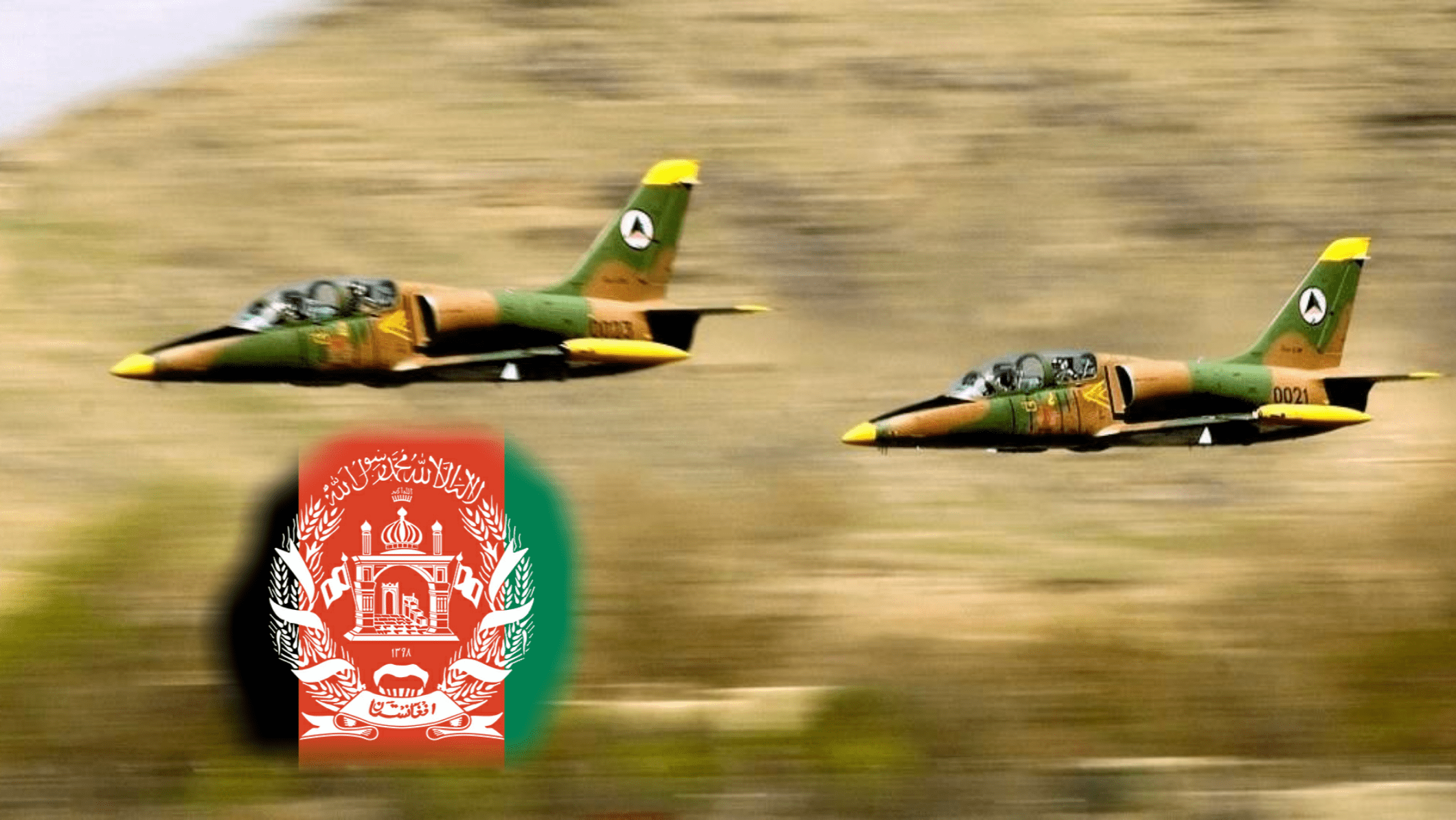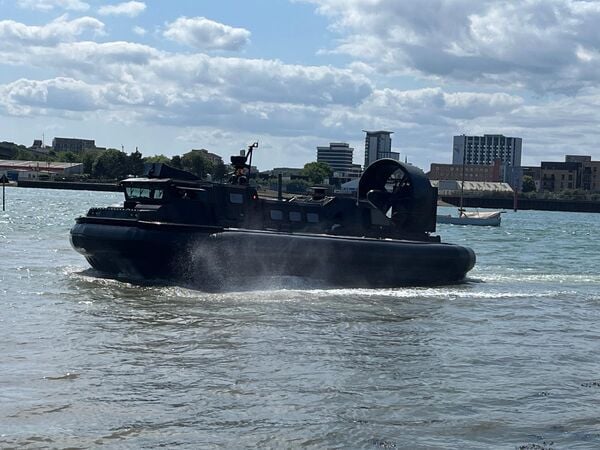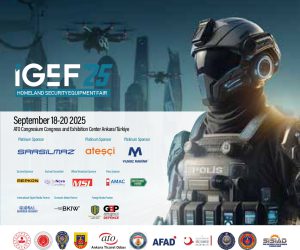History of Afghan Air Force:
As the clashes between the Kabul regime and Taliban are intensifying in Afghanistan. The major threats faced by the advancing Taliban are Afghan Air Force. With the withdrawal of U.S. forces though, Kabul is getting itself not ready for the loss of the very air resources that, until now, have given it an upper hand over the insurgency. Afghanistan’s air force was established on August 19, 1919. It was Soviet-armed and trained when, after the Communist military coup of 1978, it largely collapsed as war spread through the country. After the Soviets attacked Afghanistan in 1979, a large air force, rebuilt on the Soviet model, flew hundreds of combat jet aircraft, helicopters, and transports.
An integral part of the Afghan National Army, the Air Force is arranged in three flight wings and 18 operational units plus the independent Special Mission Wing, integrated with military and police special operations forces. Currently, the Air Force had 276 aircraft, of different types including 29 combat aircraft, 47 transport, and 200 helicopters Afghanistan’s Embraer A-29B Super Tucano light attack aircraft are only armed with unguided munitions when first used in combat. Since then, they have been capable of night-time combat missions and delivering Boeing GBU-58/B 500lb (JDAM) guided bombs and Raytheon Paveway II laser-guided bombs, though stocks are low as supplies slowed over the previous year. Afghanistan’s up-engined Cessna AC-208 Eliminators joined service in 2019. They mount an improved Wescam MX-15 electro-optical/infrared sensor and are equipped with BAE Systems Advanced Precision Kill Weapon System guided rockets. The Air Force was initially supposed to receive 32 AC-208s, but this has right now been restricted at ten. The SMW is reported to also operate AC-208s, with enhanced sensors and weapons capacities. Like the A-29, the AC-208 can downlink streaming video immediately to ground units.
Current Inventory Combat Aircraft
- Cessna 208:10
- A-29 Super Tucano: 19
Transport
- Boeing 727: 1
- C-130 Hercules: 4
- Cessna 208: 24
- Pilatus PC-12: 18
Helicopters
- Mil Mi-17: 95
- Mil Mi-24: 8
- Bell UH-1: 10
- HAL Cheetah: 3
- Sikorsky UH-60: 16
- MD500 Defender: 68
Afghanistan’s intelligence, surveillance, and reconnaissance capabilities consist of the AC-208s. Further deliveries of Pilatus U-28s for the SMW’s Kabul-based squadron are now underway. These have an incorporated Sierra Nevada sensor and communications suite. Afghanistan does not have high-altitude unmanned aerial vehicles, be dependent on as an alternative on its Boeing Insitu Scan Eagles Afghanistan’s military, on the ground and in the air, varies heavily on a few highly experienced and capable units that are continuously in action. These involve the SMW helicopters. Afghanistan may have to combat using the SMW and a ‘core’ force of around 60 AC-208s, MD-530s, and Mi-8/17s, all of which at least partially – 70, 80, and 95% respectively in mid-2021 – are maintained by Afghans.
As the AAF has a decent number of aircraft to fight the insurgency after the US withdrawal the main problem faced by the AAF is the maintenance of these aircraft because AAF doesn’t have many trained crew and pilots as the fighting continues most of AAF will be grounded in near future. While the Taliban has barely made limited use of MANPADS including some heat-seeking surface-to-air missiles, this could change. The possible impact of new weapons on the Air Force was proved on March 18, 2021.
While on a night mission to insert Afghan Special Forces to oppose a fractious pro-government militia force in Wardak province, an SMW Mi-17 was hit with a guided missile. Even with no SAMs, the Taliban can threaten Afghanistan’s air force. Air Force personnel have been the target of a killing campaign and artillery rockets and suicide bomb trucks can attack bases. The future of Afghanistan may arise from negotiations between Afghans, shaped by regional powers, but if the fighting doesn’t end, the Air Force may be called upon to protect all that has been built there since 2001.
Author:
- Global Defense Insighthttps://defensetalks.com/author/umair/
- Global Defense Insighthttps://defensetalks.com/author/umair/
- Global Defense Insighthttps://defensetalks.com/author/umair/
- Global Defense Insighthttps://defensetalks.com/author/umair/













